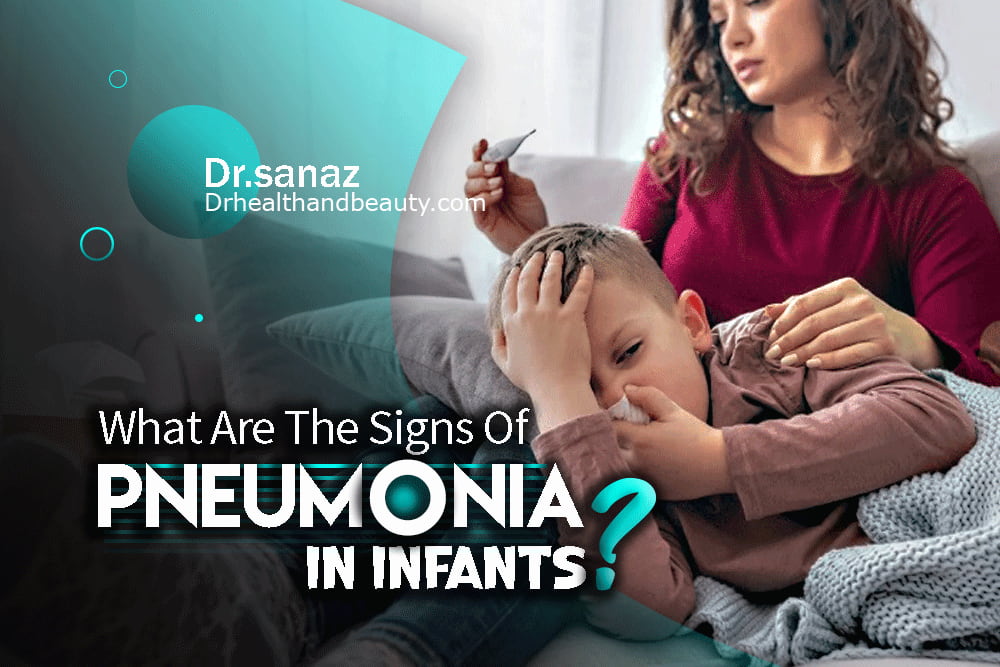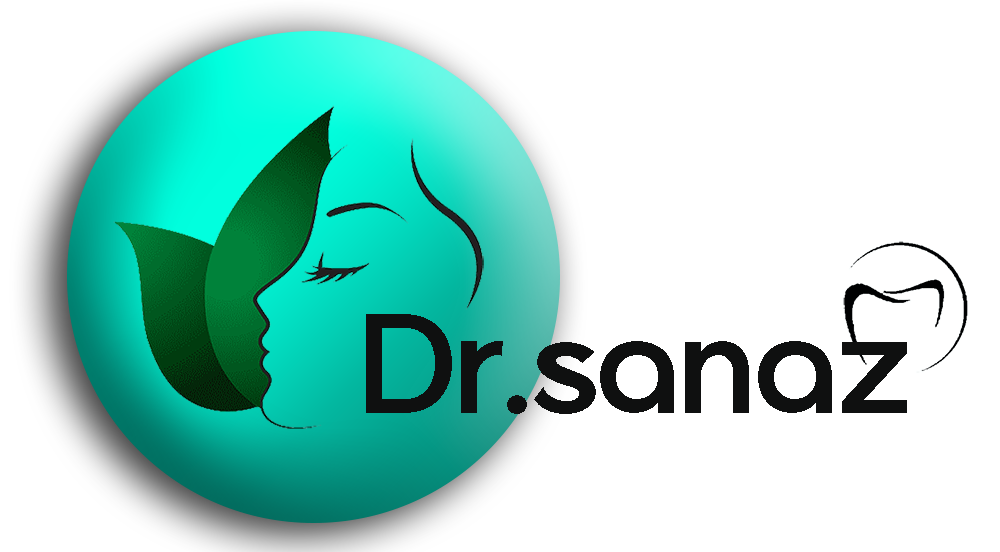

What Are The Signs Of Pneumonia In Infants? Be Alert
Table of Contents
Pneumonia is a deadly disease. The cause of this disease is bacteria or virus that causes lung infection. Symptoms of pneumonia in infants are variable. However, fever is the most common symptom of this disease.
Pneumonia in babies is an emergency and should be treated quickly. If your child has a bad and deep cough and a high fever that does not go down, it is possible that he has pneumonia, and you should see a paediatrician for treatment.
The paediatrician determines the type of pneumonia and prescribes the appropriate medicine. Treatment of pneumonia in infants depends on the severity of the symptoms.—
Related: “What Is The Easiest Way To Treat A Fever?“

pneumonia in children
It is called pleurisy if the lungs become inflamed due to a viral or microbial infection or lack of proper functioning.
This disease is often a complication of upper respiratory tract infections like flu or cold or infectious diseases like chicken pox. Children with cystic fibrosis are more susceptible to pneumothorax.
Pneumothorax causes some of the air sacs inside the lungs to be filled with fluid, and the affected areas appear as white shadows on radiographs.
The air sacs in the lungs of a patient with pneumothorax become filled with pus and other fluids, and as a result, breathing becomes difficult.
Related: “What Are Whooping Cough’s Early Symptoms“

Symptoms of pneumonia in children
Symptoms of pneumothorax may start suddenly within a day or two or more slowly over several days.
Sometimes, it is difficult to distinguish pneumonia from a severe cold. If you see any of the symptoms of pleurisy in babies, act quickly to treat the disease:
- High fever:
- Fever above 38.9 degrees Celsius with chills and muscle and joint pain.
- Drowsiness, weakness and lethargy
- fast and difficult breathing:
- The baby breathes rapidly but shallowly from the abdomen and not from the chest.
- The baby’s nose is too wide, or his chest is wheezing.
- Coughing:
- The baby coughs wet or phlegm.
- Green or rusty iron-colored mucus comes out of the lungs.
- The sputum discharged in cases of severe pneumonia in infants is bloody.
- Bruising of the baby’s colour:
- The colour of the bruised baby, especially the face and around the lips, will be more intense than in other places.
- Bluish lips or face (cyanosis) is a sign of not getting enough oxygen to the child, and the child should be hospitalized immediately.
- Pain
- Pneumonia in babies, the baby feels pain in the chest or abdomen. The location of the pain depends on which part of the lung(s) is infected.
- Abdominal discomforts, such as nausea, vomiting, and even diarrhea
.
Note: in bacterial pleurisy, drowsiness, blue lips and tongue, refraining from eating and drinking, and rarely abdominal pain, headache, and neck stiffness can be other symptoms of this disease.
Related: “How To Prevent Viral Infections?“

Pneumonia in newborn Infants
Getting an infection in a newborn baby can be a big cause for concern because babies can get sick very quickly.
But fortunately, if the infection is diagnosed in time, they respond very quickly to their treatment.
Babies have a weak immune system, and this is one of the reasons that explains the importance of breastfeeding because, in this way, antibodies are provided to fight infection in the baby’s body.
As a result, breastfed babies have fewer infections than formula-fed babies.
Causes of pneumonia in newborn Infants
Most infections in babies are caused by bacteria and some by viruses.
The birth canal of the mother’s body is a susceptible environment containing bacteria, especially if the mother herself has an active infection.
During birth, the baby can breathe in the birth canal fluid or swallow it, and this way, bacteria or viruses are likely to enter the lungs and blood.
A baby can get sick during delivery or in the first few days after birth, and as bacteria or viruses multiply, the newborn will get sick much faster.
The sooner the infection is detected and treated, the less harm the baby will suffer.

Symptoms of pneumonia in newborns
The symptoms of pleurisy in babies are listed below. It can be difficult to tell if a baby has an infection or not because healthy, infection-free babies are likely to have some of these symptoms.
When a newborn baby has an infection, these symptoms will persist, and the baby’s condition should be checked by a doctor.
- Abnormal temperature below 36.6°C (97.9°F) or above 38°C (100.4°F) taken from the bowel.
- Fast breathing with more than 60 breaths per minute
- Poor feeding and difficulty waking up to feed
- High irritability and aggressiveness
- Excessive sleepiness
- Change in behaviour
.
Danger signs of pneumonia in babies
What are the danger signs of pneumonia?
As the infection worsens, the baby is likely to show more symptoms:
- Difficulty breathing
- Pale or grey skin
- The appearance of a pale blue colour around the mouth
- Fever (above 38.0°C or 100.4°F)
- Low body temperature (below 36.6 degrees Celsius or 97.9 degrees Fahrenheit) even though the baby is covered with adequate clothing and blankets.
.
Your baby’s infection can be treated with antibiotics, or it may be diagnosed that you need to go to the hospital for special care, including intravenous (IV) fluids or a feeding tube.
— Related: “Heat Stroke Treatment At Home/ Eliminative Solutions“
Risk factors for pneumonia in infants
All children are at risk of contracting pneumonia, but some children have higher risk factors, such as:
- Malnutrition
- Premature babies
- Failure to observe hygiene
- Exposure to secondhand smoke
- Getting diseases that damage the body’s defense system
.
Related: “Top 10 Autoimmune Diseases“

Risk factors causing pneumonia
- Hospitalization: A child who is hospitalized for any reason, especially children who use breathing masks or are connected to a ventilator, is more susceptible to pneumonia.
- Chronic diseases: Children who have chronic diseases such as heart disease, asthma, or chronic obstructive pulmonary disease or who are undergoing chemotherapy for reasons such as lymphomas or other cancers are more at risk of developing pneumonia.
—
How is pneumonia diagnosed by a doctor?
The first step in identifying pneumonia is a physical examination of the patient’s bed, the most important part of which is the auscultation of the child’s lungs with a stethoscope.
If abnormal sounds are heard or if the doctor suspects pneumonia in the child, the paraclinical will act to confirm the diagnosis. Including:
- Blood test
- Chest X-Ray
- Oxygen level measurement
- Sputum test
.
Related: “What Causes Congestive Heart Failure?“

Pneumonia prevention in infant
How can I save my baby from pneumonia?
Most doctors are for children under two years of age and children aged 2 to 5 years who are at risk of contracting pneumonia, for example, children who are in nurseries and childcare centres; the Pneumonia vaccine is prescribed.
Influenza vaccination is also recommended for children older than 6 months because, as we said before, the microorganism that causes pneumonia may find the conditions suitable for implantation and make the child sick when the child gets the flu, and the immune system is weakened.
Observance of hygiene is one of the simplest and, at the same time, the most important things by which you can prevent your child from contracting all kinds of fungal, bacterial, viral, etc. diseases.
Therefore, to prevent respiratory infections that sometimes cause the child to get pneumonia, wash the child’s hands regularly and try to use more ethanol-based detergents.

Stage of pneumonia in infants
It is better to know that pneumonia in infants can be classified into 4 categories, from mild to severe, based on its symptoms.
By knowing these symptoms, you can quickly take preventive measures in the mild stages of pneumonia and keep your baby safe.
These steps include:
1.The first stage (before pneumonia):
When you notice that your baby may have a mild fever, and on the other hand, you notice that your baby is suffering more than usual, then you know that the initial symptoms are emerging.
The symptoms of this stage are:
- mild fever
- Increased noise
- No respiratory symptoms
.
2. The second stage (primary pneumonia):
You may suddenly notice that your child is coughing and breathing rapidly.
In this situation, you should be aware that pneumonia wants to show itself by showing the initial symptoms. The primary symptoms of pneumonia are as follows:
- Cough
- Fast and continuous breathing
- Increased work on breathing
- wheezing
.
Related: “What Are The Symptoms Of Pulmonary Embolism?“
3.The third stage (advanced pneumonia):
It is clear that the difficulty of the baby’s breathing is definitely a sign of acute disease, so if you notice that your baby’s vitality has decreased, this is a sign of the appearance of symptoms of the advanced stage of pneumonia.
Other signs include:
- Severe difficulty breathing
- Decreased consciousness
- Decreased activity level
- Severe respiratory distress.
.
Related: “Contagious Bronchitis Spreads Faster Than Coronavirus!“
4.The fourth stage (severe complications):
In this stage, the symptoms strongly sound the alarm, and if you have not paid attention to the symptoms in the previous stages, know that you have entered a dangerous stage and delaying is not allowed in any way.
And you may incur irreparable risks. These symptoms include:
- Respiratory failure
- Hypoxemia (low oxygen level in the blood)
- sepsis
.
Symptoms of pneumonia can vary greatly depending on the severity of the infection.
It can also develop quickly and progress to severe complications, so it is appropriate for responsible parents to always pay attention to the signs.
Conclusion
Pneumonia is a common disease that usually occurs in winter and spring. Symptoms of pneumonia in infants are variable.
But fever is the most common symptom of this disease. Pneumonia in babies is an emergency and should be treated quickly.
The good news is that by knowing the initial symptoms and signs of the acuteness of this disease, which are explained in detail in this valuable article by the “drhealthandbeauty”, there is no need to worry, and you can act on time and control it.

